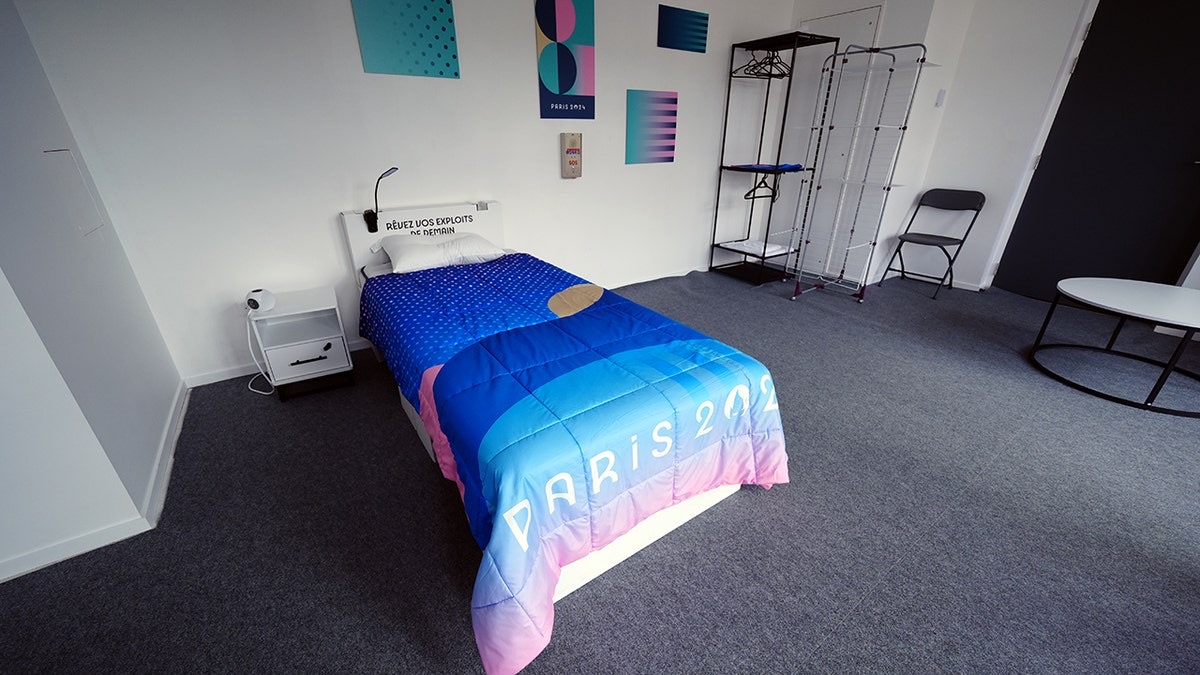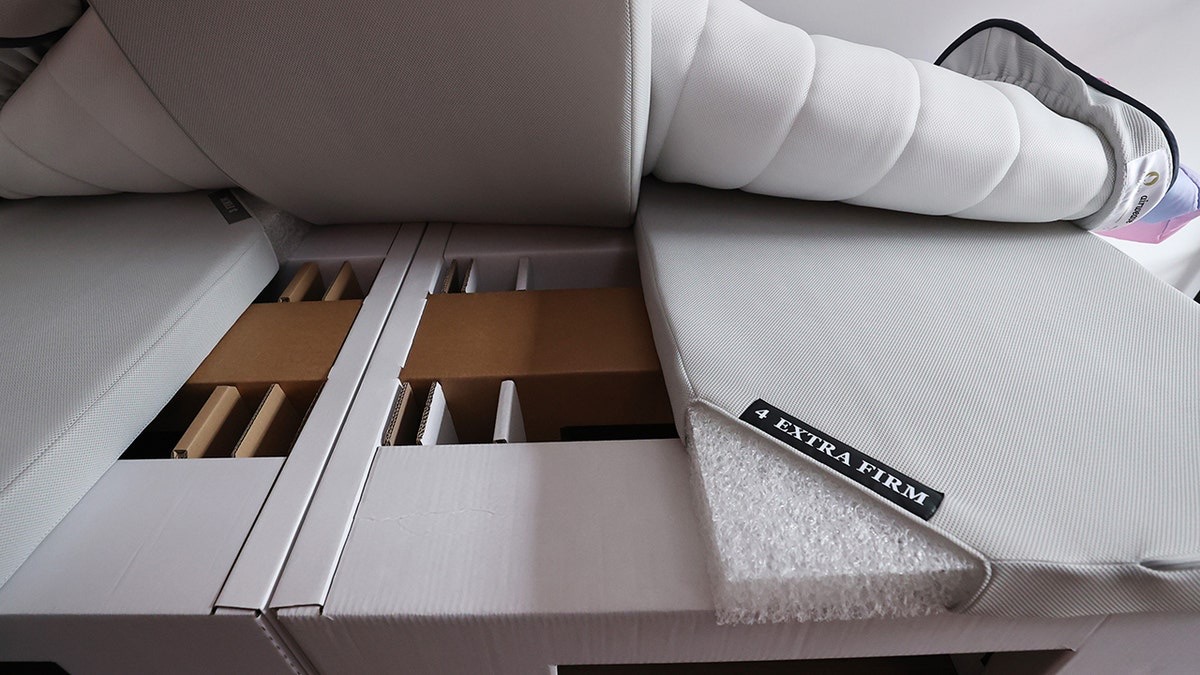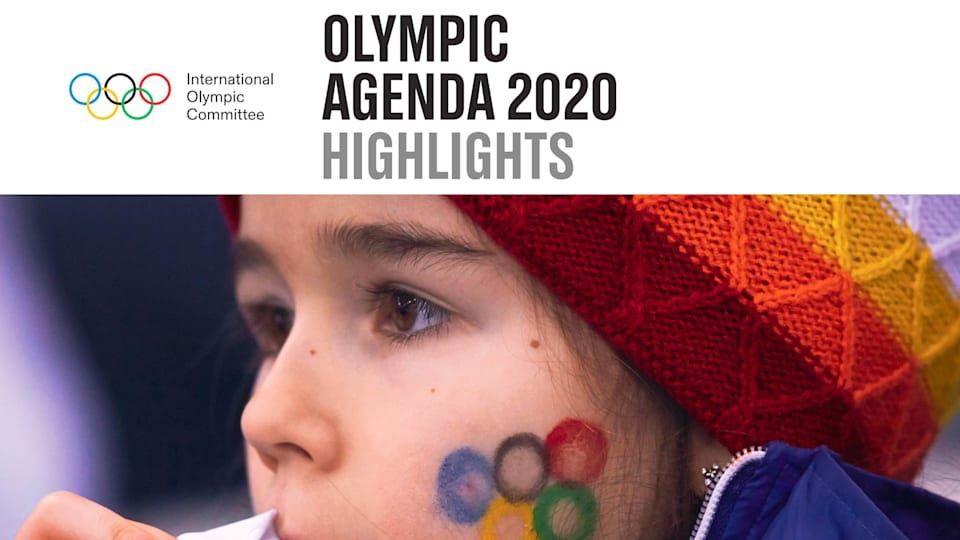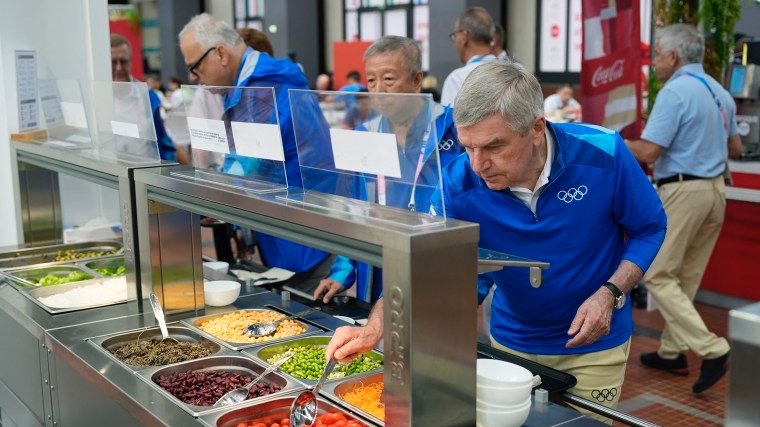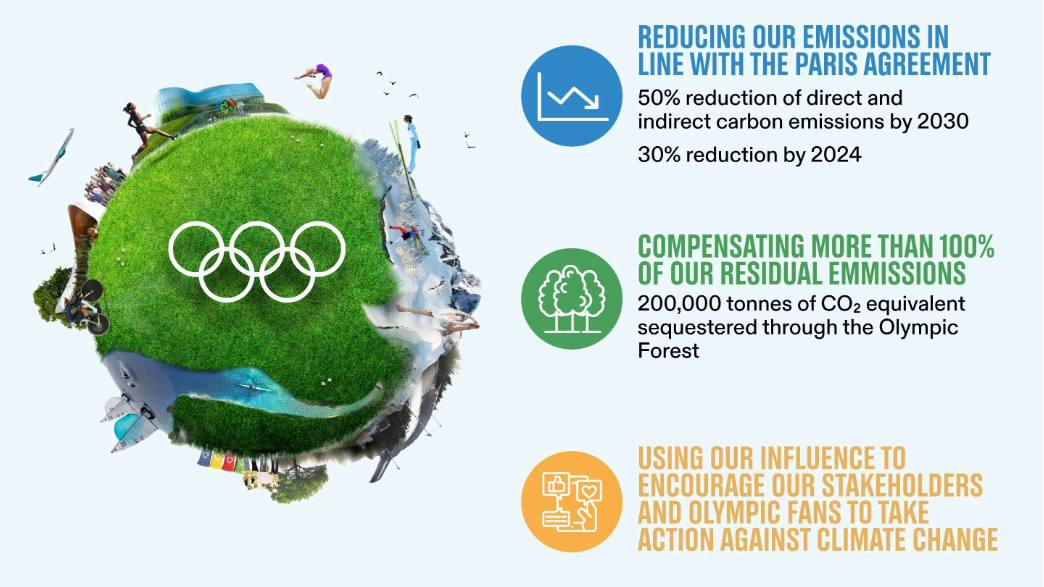Paris Olympics
Press Contact
SISU News Center, Office of Communications and Public Affairs
Tel : +86 (21) 3537 2378
Email : news@shisu.edu.cn
Address :550 Dalian Road (W), Shanghai 200083, China
A “Sustainable” Paris Olympics Leaves a Bitter Aftertaste
12 August 2024 | By Lu Zhiyi and Jiao Junpeng/Linyan | SISU/Vieira
The 2024 Paris Olympics, filled with the highs and lows of athletic competition, has concluded. While the medals have found their owners, the true impact of this year’s Olympic sustainability efforts is still up for debate. The Paris Organizing Committee boasted that the Games aimed to cut carbon emissions by half compared to the average emissions of the London 2012 (3.3 million tons) and Rio 2016 (3.6 million tons) Olympics. This ambitious target could bring the total emissions from the Paris Games below 2 million tons—a first in Olympic history, potentially even lower than the Tokyo Olympics, which had no spectators due to the pandemic.
Achieving such a drastic reduction in carbon emissions required meticulous planning at every stage. Two of the most publicized and controversial measures were the reuse of the cardboard beds from the Tokyo 2020 Olympics in the Olympic Village and the decision not to install air conditioning in the dormitories.
But not every athlete was on board with enduring these “austerity” measures for the sake of the environment.
The Most Ambitious Sustainable Olympics Yet
In 2014, the International Olympic Committee (IOC) adopted the Olympic Agenda 2020 in Morocco, aiming to reinforce the Olympic values and address the challenges of hosting the Games. One of its three pillars is sustainability.
As the first Olympics to fully implement this agenda, the 2024 Paris Games set out to establish a new global benchmark for green sports events. The Paris Organizing Committee even reformed the way carbon emissions are calculated. Unlike previous Games, which used a post-event calculation model—where final emissions were offset by measures like tree planting—the Paris Games took a different approach. The problem with traditional carbon offsets is that they can delay or overestimate the actual impact, and the process can encourage complacency rather than real change.
So, Paris set a strict pre-event carbon budget to drive down emissions at the source, covering everything from the Olympic Village to the competition venues, and from the athletes to the spectators. The goal: to limit the Games’ total carbon footprint to around 1.58 million tons.
Of the sports venues used for the Paris Olympics, 95% were existing buildings, eliminating the need for new construction; 94% of the materials used in the Olympic Village were recycled; the cardboard beds were produced locally in France and will be 100% recycled after use; and instead of air conditioning, the dormitories used a water circulation cooling system, aided by extensive tree planting to create a temperature difference of at least 6 degrees Celsius between the indoors and outdoors.
Paris also put a green spin on the food provided—plant-based meals were increased by 50% compared to the last Games, with a focus on local, seasonal ingredients. Beyond this, the Organizing Committee pushed athletes to get on board with sustainability: shuttle buses were reduced by 37%, and they persuaded delegations from Belgium, the Netherlands, Germany, Switzerland, and the UK to travel to Paris by train, avoiding the usual emissions from air travel.
But despite all these grand gestures, the reality on the ground wasn’t as warmly received.
Harsh Reality Sets In
Just two days after the Games began on July 27, six South Korean swimmers moved out of the Olympic Village, citing the long and arduous commute to the swimming venue at La Défense Arena. That same day, American tennis star Coco Gauff shared a TikTok video titled “10 girls, 2 bathrooms,” showing the cramped conditions in her dorm, and confirmed in the comments that five of her U.S. teammates had already moved out to a hotel.
While some athletes opted for the freedom of hotel living, others decided to modify their quarters in the Village, with the most popular upgrade being portable air conditioning units.
During the first week of the Games, Paris experienced a stretch of extreme heat, with temperatures soaring to 35 degrees Celsius (95 degrees Fahrenheit), making the Olympic Village unbearable for many. Italian heartthrob and 100m backstroke gold medalist Thomas Ceccon complained, “There’s no air conditioning in the Village; it’s too hot.”
In the Village, only dormitories converted from office buildings retained their original central air conditioning systems. Newer dormitories relied on a water circulation cooling system, which used cold water from the Seine to cool the buildings. The Paris Organizing Committee promised that this system would keep indoor temperatures at a comfortable 23-26 degrees Celsius (73-79 degrees Fahrenheit). Paris Mayor Anne Hidalgo even guaranteed it would be “very comfortable for the athletes.”
However, on July 2, Paris Olympic Village Deputy Director Augustin Tran Van Chau revealed to French media that 2,500 portable air conditioners had already been stocked in the Village, available for rent by delegations in need. This marked the collapse of the no-air-conditioning plan for the Village.
Thomas Ceccon ultimately failed to reach the 200m backstroke final. He didn’t think that his performance was affected by the Village’s heat, saying, “All athletes are going through the same conditions.” But in reality, some athletes were enjoying the luxury of portable air conditioning in their rooms.
The Haves and Have-Nots
Who could afford to move out of the Village, who could have portable air conditioning, and where those units came from all point to a harsh reality: in the 2024 Paris Olympic Village, environmental protection was a privilege—only the less affluent had to endure the hardships imposed by eco-friendly measures.
Wealthier delegations, upon learning there would be no air conditioning in the Village, quickly took matters into their own hands, bypassing the Organizing Committee’s air conditioner rentals. Australia, for instance, spent over 100,000 Australian dollars on portable air conditioners. Australian CEO Matt Carroll said last year, “We applaud the Paris Organizing Committee’s efforts to reduce emissions. But this is a high-level sports event; we’re not here for a picnic.” Greek Olympic Committee President Spyros Capralos declared in February that Greece would “spare no effort” in providing air conditioning for its athletes. U.S. Olympic and Paralympic Committee CEO Sarah Hirshland confirmed in late June that every U.S. athlete’s room would have portable air conditioning. “After consulting with our athletes, we’re convinced that air conditioning is crucial for their performance,” she said.
According to USA Today, the U.S., Australia, Canada, Denmark, and Greece all opted to bring portable air conditioners to ensure some or all of their athletes’ rooms were equipped. The decision was discussed with the International Olympic Committee, which raised no objections.
Not all countries could afford such luxuries. Ugandan Olympic Committee member Donald Rukare acknowledged, “We don’t have deep pockets” when discussing the air conditioning issue.
The disparity extended to food as well. The Times reported that British athletes faced shortages of eggs and chicken in the Village cafeteria, with vegetarian options unable to provide the necessary energy for athletes in competition. As a result, a chef was sent to Paris to cook for the British athletes.
Australia also went above and beyond. Concerned about the risk of COVID-19 transmission in public dining areas, the Australian delegation not only brought their own PCR testing kits but also required athletes to have breakfast and lunch in their dormitories. The team brought 10,000 nut energy bars, 340 kilograms of rice, 3,200 kilograms of tuna, along with oats, coffee, meat pies, and other food supplies.
“The American delegation’s dorms are really luxurious,” said Xu Jingyi, a Paris Olympics volunteer and a student who has been in France for a year and a half. During her volunteer work, she was responsible for coordinating the Ethiopian delegation’s needs in the Village. “The Ethiopian athletes asked if I could request two tables from the Organizing Committee to use as therapy tables, but the Americans had full sets of therapy equipment—everything, they’re really wealthy.”
Despite the frequent reiteration of the Olympics’ sustainability goals, the economic power of each nation dictated the resources each delegation could bring, and thus their ability to counteract the limitations imposed by these measures.
Building sports prowess is closely tied to a nation’s economic standing. Rules made in the name of sustainability—a shared global goal—ended up forcing the less privileged to endure more sacrifices, bearing greater risks for their honor and dreams. For a major international sports event, this hardly seems fair.
The 2015 Paris Agreement repeatedly emphasized the concept of “common but differentiated responsibilities,” urging developed countries to shoulder more environmental obligations while allowing developing nations more leeway.
But a decade later, the Paris Olympics—built on the foundation of that agreement—could only watch as the roles of those bearing differentiated responsibilities sadly reversed.
Press Contact
SISU News Center, Office of Communications and Public Affairs
Tel : +86 (21) 3537 2378
Email : news@shisu.edu.cn
Address :550 Dalian Road (W), Shanghai 200083, China

